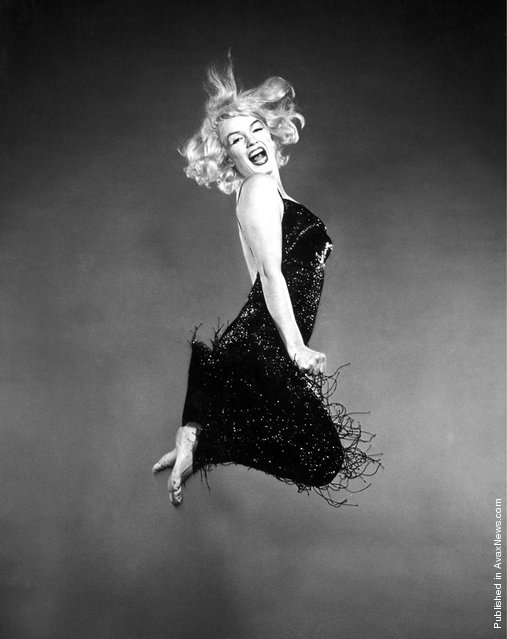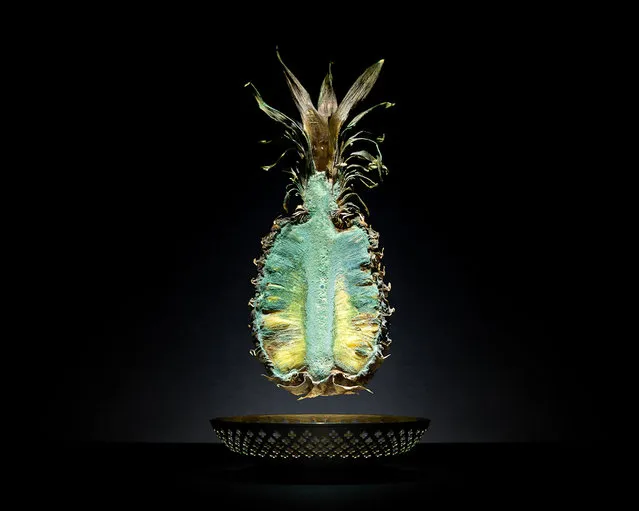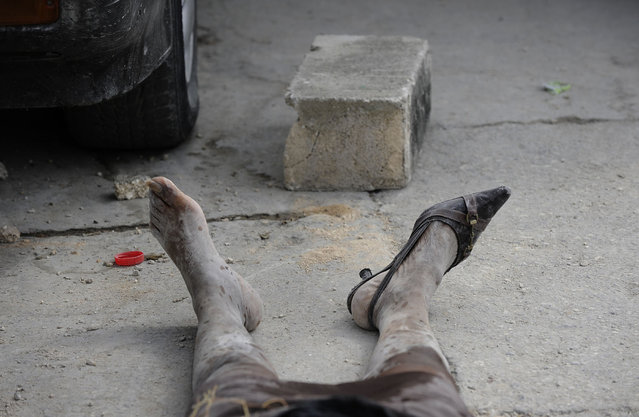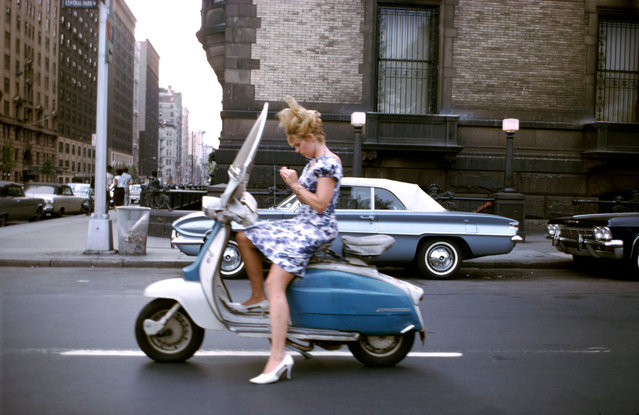
“Philippe Halsman (2 May 1906 Riga, Russian Empire – 25 June 1979 New York City) was a Latvian-born American portrait photographer. Many celebrities photographed by Halsman include Alfred Hitchcock, Judy Garland, Winston Churchill, Marilyn Monroe, Dorothy Dandridge, and Pablo Picasso. Many of those photographs appeared on the cover of Life. In such photos, he utilizes a variety of his rules of photography. For example, in one of his photos of Winston Churchill, the omission of his face makes Halsman's photo even more powerful at making Churchill more human”. – Wikipedia
Photo: Marilyn Monroe, “Jumpology”, 1959. Photo by Philippe Halsman
Photo: Marilyn Monroe, “Jumpology”, 1959. Photo by Philippe Halsman
12 Apr 2012 13:18:00,post received
0 comments







